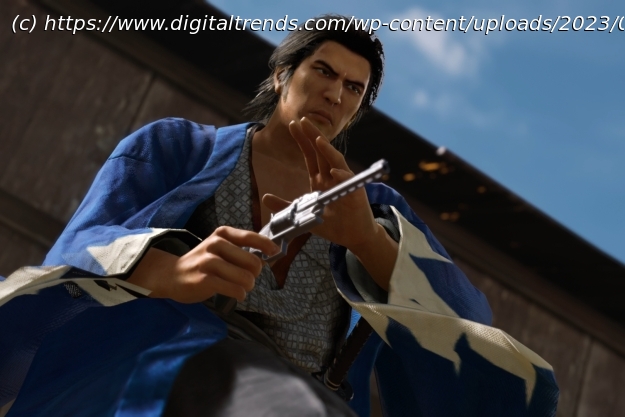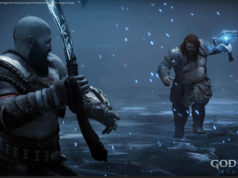Like a Dragon: Ishin! still feels like a 2014 game, but it retains the series’ trademark storytelling strength.
There’s a quirky series of substories in Like a Dragon: Ishin! centered around “Ee Ja Nai Ka,” a catchy social protest dance that’s popping up all over the town of Kyo. The townsfolk are basically chanting “Why Not?” to those in power during a time when Japan’s caste system and corruption are at their worst, urging them to make things better. They have to fight those existing power structures, as well as bad actors taking advantage of the protests to slip in their own nefarious agendas. Mixing the series’ trademark humor, heart, and action, it follows protagonist Sakamoto Ryoma, who slowly sees how this small action can make a big difference when one’s reason for doing the “Ee Ja Nai Ka” comes from the right place. It’s the defining subquest of a game that’s about change — one that just so happens to come as part of a remaster launching at an inflection point for the series.
The mainline Like a Dragon series is transitioning from an action-brawler to a turn-based game, its name in North America is changing from Yakuza to Like a Dragon, and some of developer RGG Studios’ key leaders have left and handed leadership over to a new generation. We now must wait and see if these changes were made out of love for Like a Dragon, or if these decisions will expose themselves as a mistake.
Even if this remaster of a spinoff set in 1800s doesn’t do a lot to change itself from its initial release, for better and worse, Like a Dragon fans will still recognize all of the hallmarks of the series they know and love within Ishin, especially if they haven’t played it before. Its age has a way of showing through its remastered sheen, but the power of subquests like Ee Ja Nai Ka and the main narrative make this an adventure worth checking out now that it’s in the West for the first time.
Although the series’ identity is historically tied to Japan’s modern-day crime scene, Ishin proves the series’ trademark action and earnest storytelling work no matter what era it’s set in. Ishin takes place in 1867, during Japan’s regime-changing Bakumatsu era, and stars Sakamoto Ryoma, a character resembling former Like a Dragon series protagonist Kazuma Kiryu. At the start of the story, Ryoma and his brother, Takechi, are part of the Tosa Loyalist Party, who recognize that times are changing and want to revolutionize Japan, ridding it of the staunch class system that punishes those without power.
After Ryoma’s mentor is murdered, this effort is turned on its head as he pivots and instead tries to track down the man who killed his mentor under the new identity of Saito Hajime. Ultimately, this forces Ryoma away from his brothers and into the Shinsengumi, a group of samurai that technically works for the Shogun, but has country-changing political aspirations of its own. Ishin is not just about what inspires political change; it’s interested in who incites social movements and why.
If you enjoyed the political musings of Andor, you’ll find similar intriguing themes here. Although Ishin meanders a bit in its middle as it introduces a lot of characters (like most Like a Dragon titles do), it excels when its in full swing, deftly highlighting the dark side of how people choose what to sacrifice to achieve social change. The story inspects how noble social movements can be co-opted by grifters looking for what’s best for them and how political fighting can change people’s identities metaphorically and literally.
Home
United States
USA — software Like a Dragon: Ishin! review: great story makes up for dated samurai...






